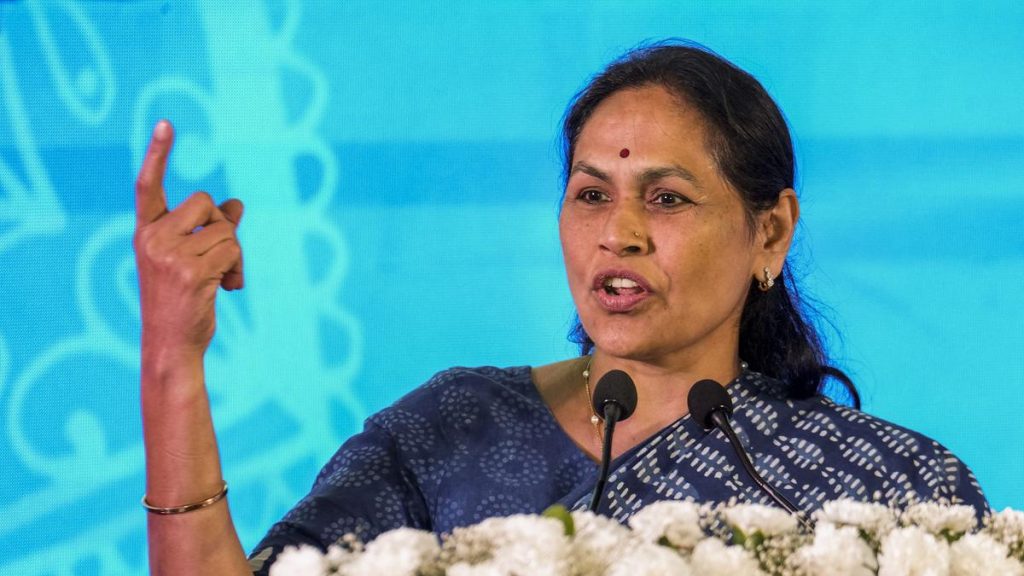Now Reading: India’s U.N. Abstentions Reach Record High, Seen as Strategic Tool
-
01
India’s U.N. Abstentions Reach Record High, Seen as Strategic Tool
India’s U.N. Abstentions Reach Record High, Seen as Strategic Tool
### Quick Summary
– India has shifted its voting strategy at the United Nations, showing a rise in abstentions and a drop in ‘yes’ votes.- Analysis of 5,500 U.N. resolutions between 1946 and June 2025 revealed India’s annual percentage of ‘yes’ votes fell to 56%, the lowest since 1955. Abstentions rose to an all-time high of 44%.
– The trend toward higher abstentions began around 2019.
– Historically, india’s U.N. voting patterns have varied substantially; from extreme volatility between the late 1940s and early ’60s to greater stability from the mid-’90s onward.
– Former Indian representatives noted that increasing global polarisation and more complex resolutions make abstentions useful for expressing nuanced positions.
### Indian Opinion Analysis
India’s evolving U.N. voting pattern reflects its strategic adaptation to an increasingly polarised global landscape. The rise in abstentions showcases India’s desire for flexibility amidst competing geopolitical pressures from major powers. By maintaining neutrality rather than taking definitive stances on contentious issues, India likely aims to safeguard long-term interests while engaging constructively with multiple sides.
Moreover,as resolutions at the U.N. become multifaceted and include unrelated provisions within single votes, abstention emerges as a practical tool for expressing disagreement without outright opposition or approval-a point underscored by former diplomats T.S. Tirumurti and Syed Akbaruddin.
This shift may indicate India’s broader foreign policy approach emphasizing pragmatism over alignment or antagonism with any bloc-an critically important consideration as it seeks greater influence in global governance structures like the U.N.
Read more:























